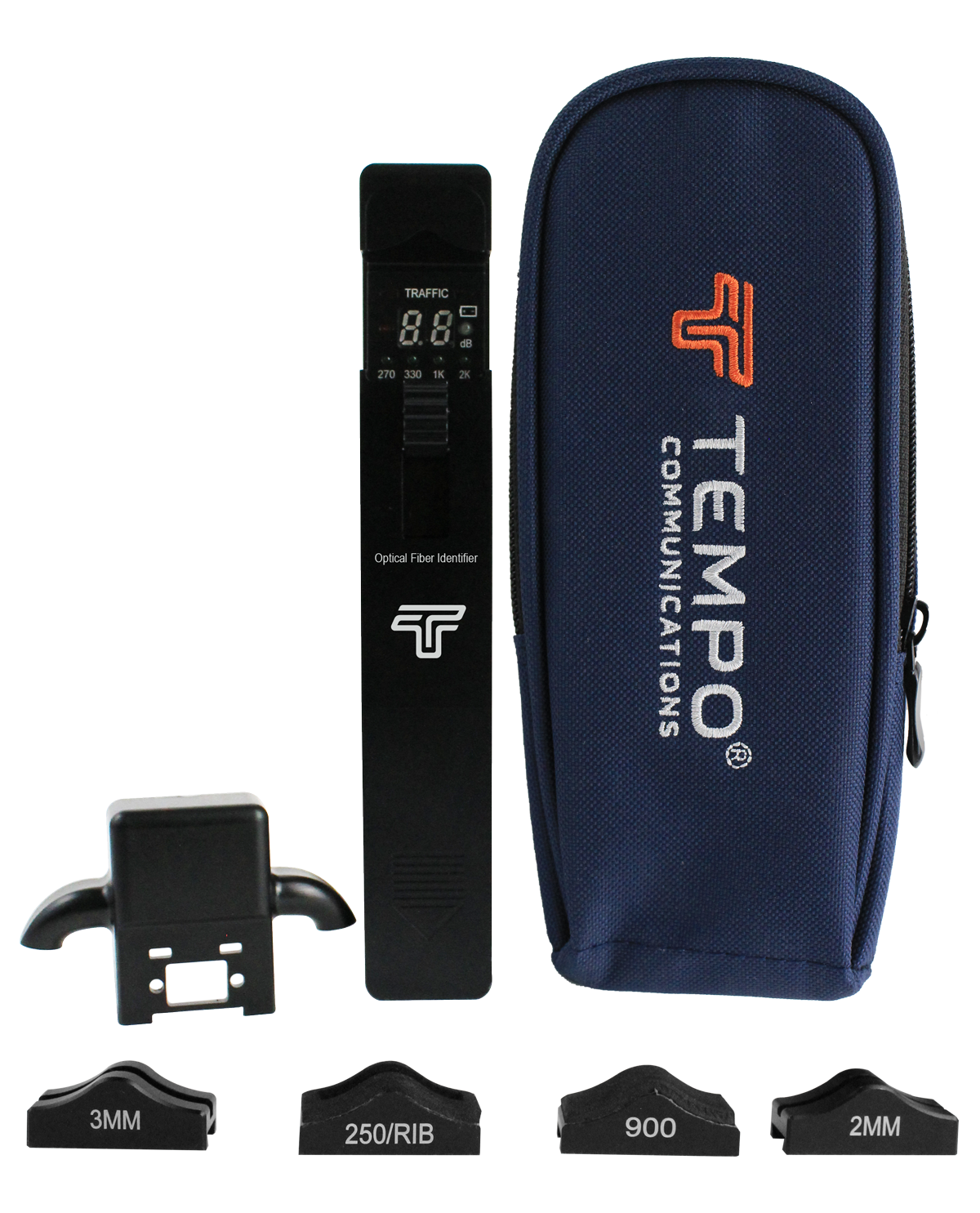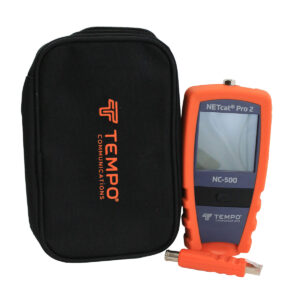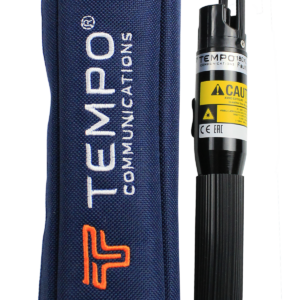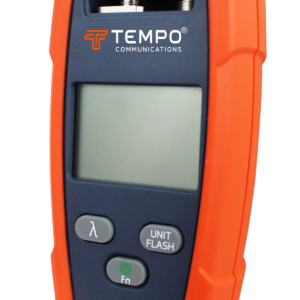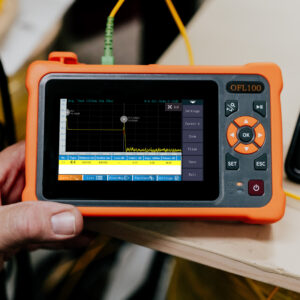Description
An important tool for all fiber technicians, the FI-100 Fiber Identifier detects the presence of signals on optical fibers. With the FI-100, technicians are able to trace fibers from end to end, verifying that live fibers are not disconnected. This also allows the technician to quickly determine the approximate core power and signal direction in a fiber optic cable without disconnecting the fiber.
The fiber identifier creates a non-intrusive macro bend so that only a small insertion loss is created, thus the technician can probe fibers without causing an alarm condition. The FI-100 uses tone detect technology so that the technician can trace signals without disconnecting fibers with potentially critical services.
Specifications:
Identified Wavelength Range 800-1700nm
Identified Signal Type 270Hz, 330Hz, 1kHz, 2kHz; (+/-5%)
Detector Type 1mm InGaAs
Adapter Types
Ø0.25 (Applicable for Bare Fiber and ribbon cable)
Ø0.9 (Applicable for Ø0.9 Cable)
Ø2.0 (Applicable for Ø2.0 Cable)
Ø3.0 (Applicable for Ø3.0 Cable)
Signal Indication Left & Right LED
Signal Direction Test Range
(CW/0.9mm fiber)
-46 to 10dBm (1310nm)
-50 to 10dBm (1550nm)
Signal Power Test Range
(CW/0.9mm fiber) -50 to +10dBm
Signal Frequency Display 270Hz, 330Hz, 1kHz, 2kHz; (+/-5%)
Tone Detect Test Range
(Average)
Ø0.9, Ø2.0, Ø3.0
-30 to 0dBm (270Hz, 1kHz)
-25 to 0dBm (2kHz)
Ø0.25
-25 to 0dBm (1kHz, 2kHz)
-20 to 0dBm (2kHz)
Insertion Loss
(Typical/ Maximum)
0.3 / 0.8dB at 1310nm
1.5 / 2.5dB at 1550nm
Battery AAA Alkaline (2)
Operating Temperature -10 to +60ºC
Storage Temperature -25 to +70ºC
Dimension 196 X 30.5 X 27mm
Weight 195g
Certifications CE, FCC, RoHS, EAC
Number of Activations 3600
Datasheet:

